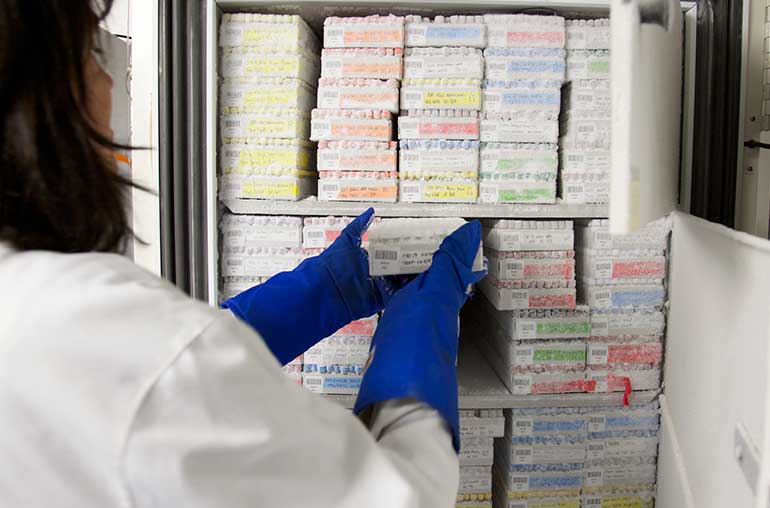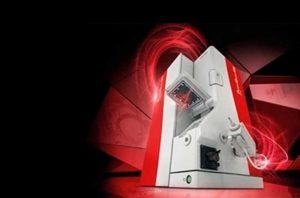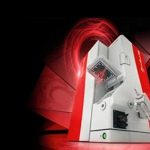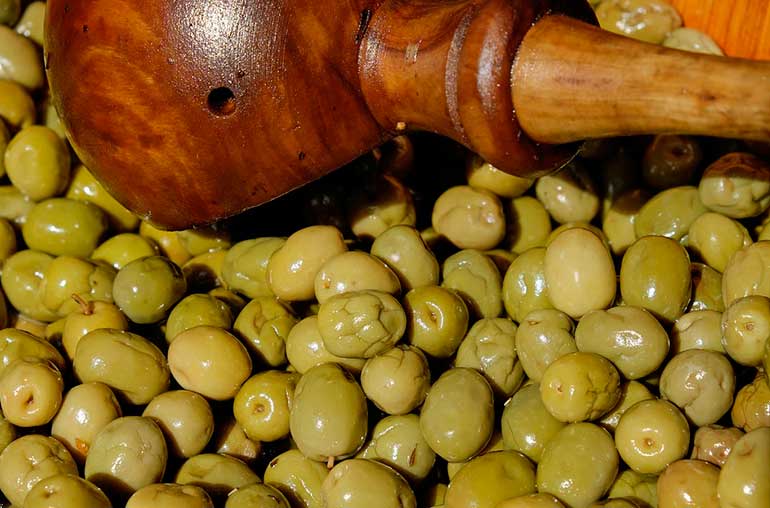The most prevalent approach to cartilage tissue engineering involves the combination of chondrocytes (or mesenchymal progenitor cells) with scaffolds (fibrous meshes or hydrogels) for long-term culture. The adoption of a suitable culture system for chondrocytes is critical, since, for example, chondrocytes have been hown to lose their phenotype in monolayer culture after being passaged. Nevertheless, chondrocytes are able to proliferate in three-dimensional culture system without henotype loss.
Figure 1.TC-3 bioreactor
At the same time, mechanical stress is an important modulator of ondrocyte physiology, and there is significant evidence that controlled application of biophysical stimuli within bioreactors may be used to improve or accelerate tissue regeneration and repair in vitro. Explant models of cartilage loading have been utilized in a number of different loading configurations, including unconfined compression, indentation, tension, and osmotic and hydrostatic pressure. The general consensus of these studies is that static compression suppresses matrix biosynthesis, and cyclic and intermittent loading timulate chondrocyte metabolism. These responses have been reported over a wide ange of loading magnitudes, and exhibit a stress-dose dependency. Excessive loading (e.g., high magnitude, long duration) seem to have a deleterious ffect, resulting in cell death, tissue disruption, and swelling.
In order to assist researchers to establish how changing mechanical, chemical and biological regulating factors influence cellular activity in vitro, EBERS has developed the TC-3 bioreactor (Fig. 1), a simple system suitable for cell culture under mechanical loading profiles.
EBERS’ TC3 mechanical stimulation bioreactor
The TC-3 is a simple and multipurpose cell culture bioreactor designed to provide mechanical stimulation to a variety of samples and tissues. Culture chambers (Fig. 2) are made of autoclavable materials and can be easily assembled and disassembled. Furthermore, visual inspection of the chambers by microscopy techniques is allowed by an optical grade window glass at the bottom of the chamber. Three different models of interchangeable grips can be used with the TC-3 chambers. They have been designed to adapt to the most different types of samples and loading conditions, so the optimal grip conditions are obtained for plane sheet-shaped, rod-shaped or cylinder-shaped substrates.
Up to three chambers can be actuated simultaneously in the TC-3 bioreactor. Tension or compression axial loading conditions will be shared by all the chambers,
whereas different culture conditions regarding the culture media may be established for each chamber. The TC-3 can be configured both in horizontal and vertical configurations: air-liquid interfaces can be obtained with the horizontal configuration for cultures on sheet-like substrates, whereas the vertical configuration is ore suitable for tests in which the sample is subjected to compression like, e.g., cultures on cylinder-shaped scaffolds
The TC-3 is computer operated by a simple control software that allows the user to create complex loading profiles to be applied on the culture samples.
Cartilage culture: Experimental setup and conditions
In order to evaluate the influence of physiologic deformational loading, as part of the culture environment, on the development of cartilage tissue engineered constructs, an experiment was performed in which PGA scaffolds (6mm diameter x 4 mm thickness) were first dynamically seeded with human chondrocytes (107 cells/scaffold) using the TEB1000 Master Unit and P3D disposable chambers from EBERS and later cultured under mechanical stimulation by means of the TC-3 bioreactor.
Intermittent unconfined direct compression (0.5 Hz, 5% compressive strain amplitude) was carried out for up to 3 weeks using a loading regime of 1 hour duration each day and release of all loading at the end of the daily treatment period. A group of constructs was cultured under continuous low speed perfusion and served as unloaded control. Both groups of scaffolds were grown under 37°C and 5% CO2. After harvest from the bioreactors, all tissue constructs were weighed and divided into several sections for biochemical, histological and mechanical analyses.
Biological results and discussion
Histology of cartilage loaded constructs shows a rich deposition of glycosaminoglycan (GAG) with cells located in lacunae. Compared with simply perfused control cultures without loading, mechanical treatment improved the amount and quality of cartilage produced. GAG and collagen type II fractions were enhanced by up to 42% and 181%, respectively. Equilibrium moduli of unloaded and loaded constructs were respectively 52 kPa and 194 kPa (Fig. 3).
Figure 3. Effects of culture conditions on engineered cartilage: equilibrium modulus and GAG fraction of constructs
Conclusion and outlook
The results of this study demonstrate that intermittent mechanical stimulation can increase collagen and GAG synthesis and, when applied over a 4-week period, can as well improve the material properties of the developed tissue. Interestingly, only short periods of mechanical stimulation (1 hour per day) were needed to affect the quality of cartilaginous tissue formed in vitro. Despite the absence of direct perfusion, no signs of insufficient mass transfer were observed in loaded scaffolds. Enhanced transport during compression due to dynamic pressure gradients could explain this fact.
The TC-3 bioreactor is the perfect tool for cell and tissue culture experiments that require direct mechanical stimulation of the sample. Its versatile design
permits to perform tensile and compression experiments of different types of samples, enjoying the advantages of a specific design for cell culture: small
volume, sample visualization, multi-chamber system, and simple control software.








